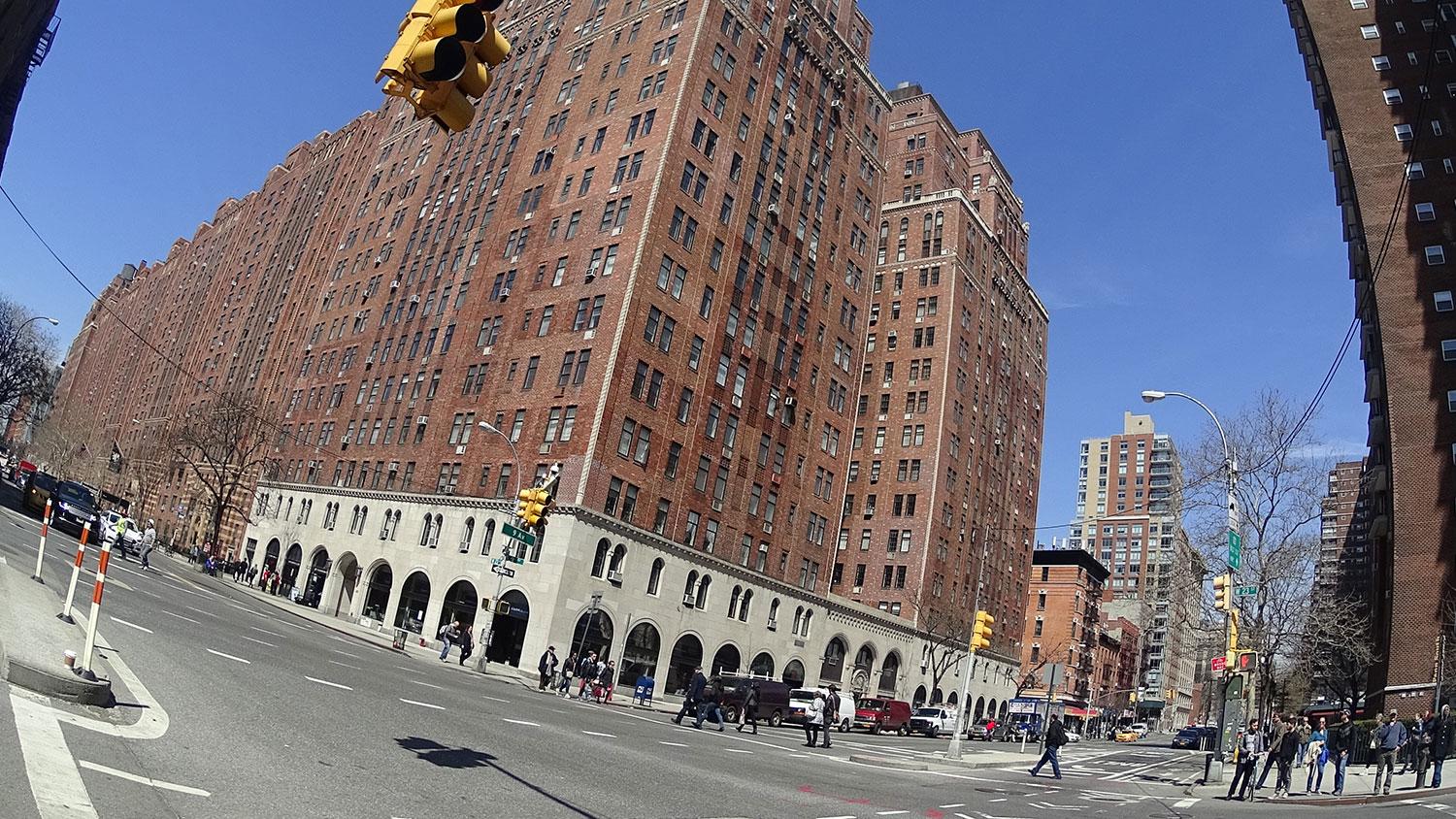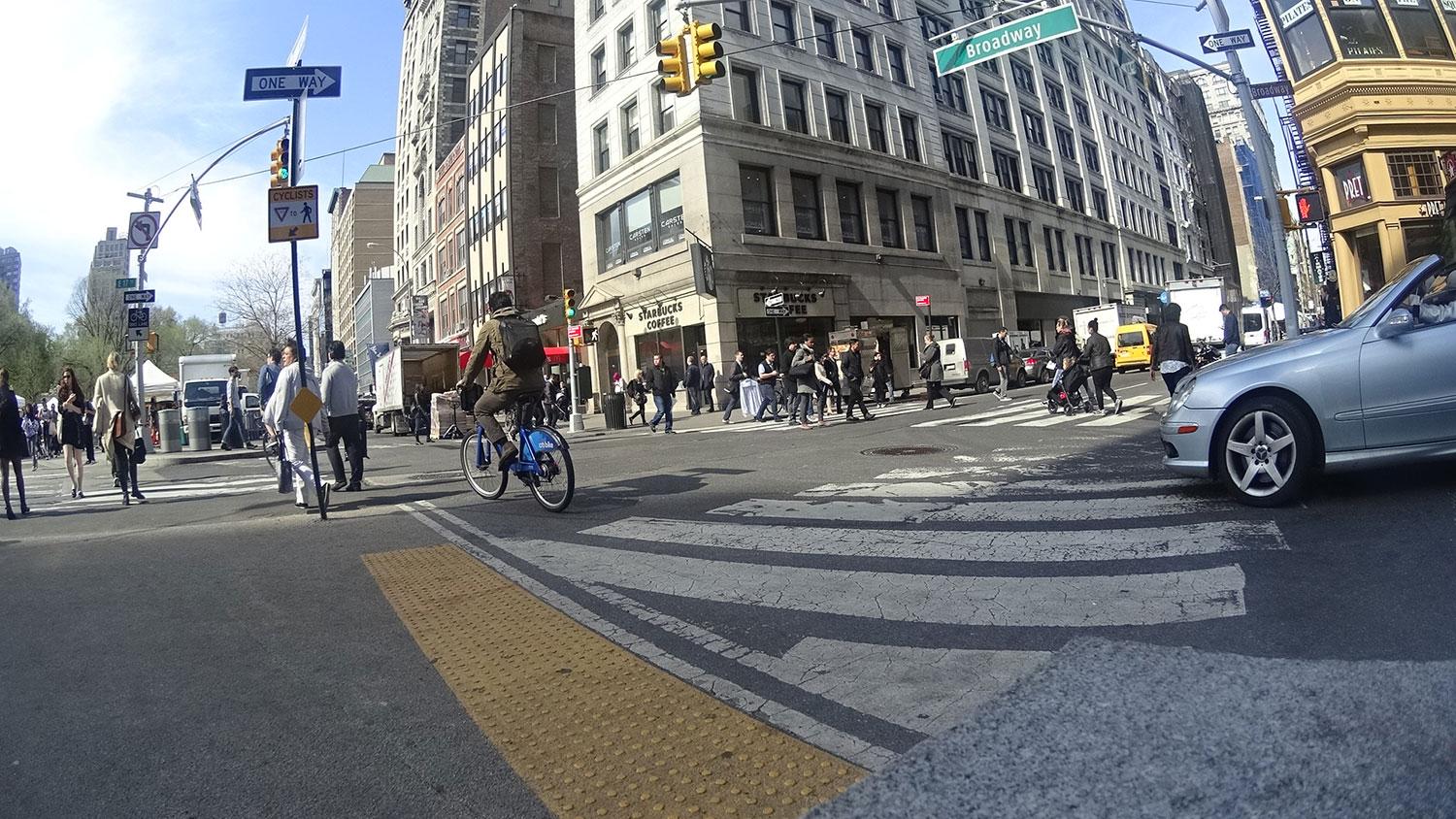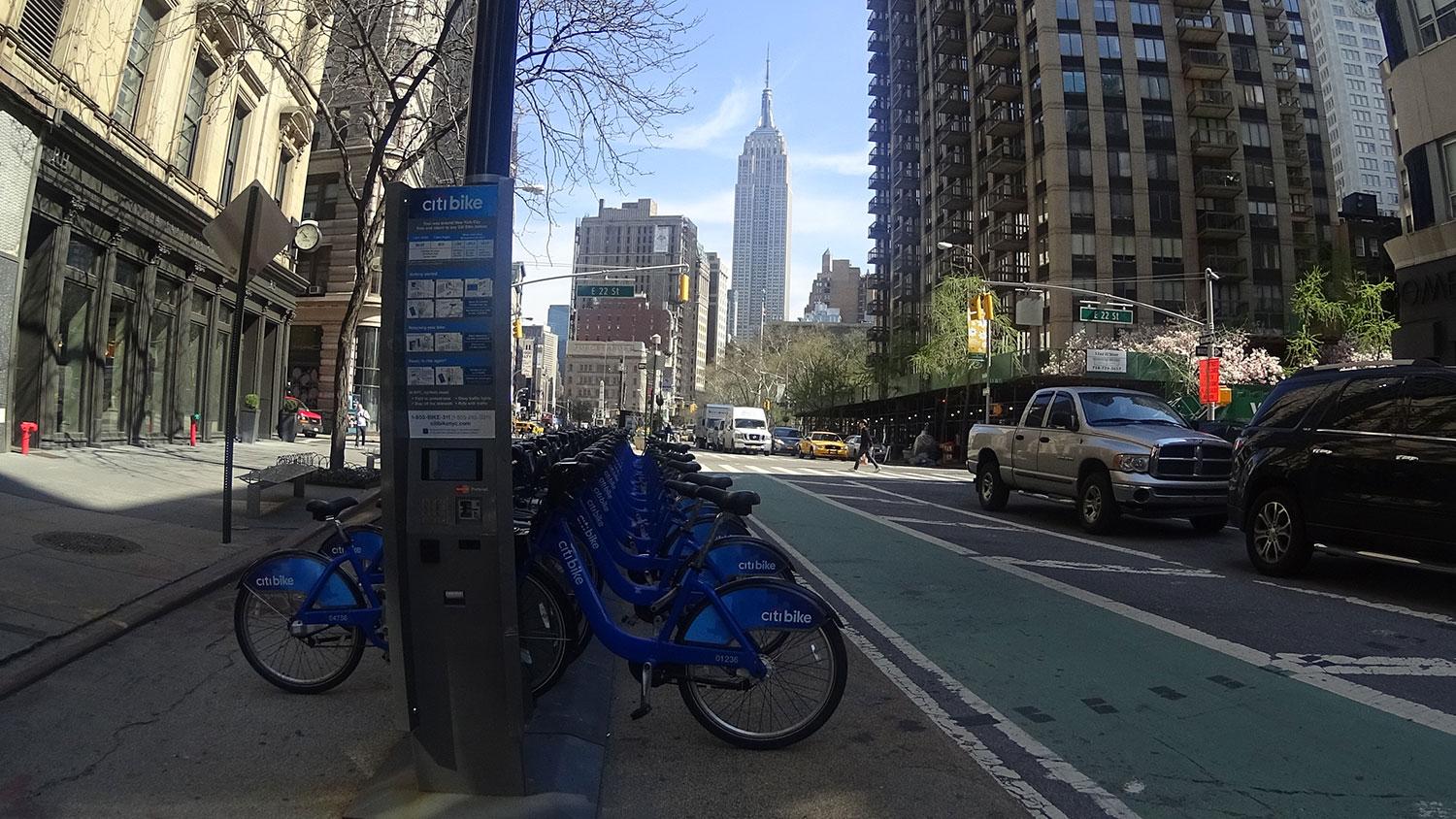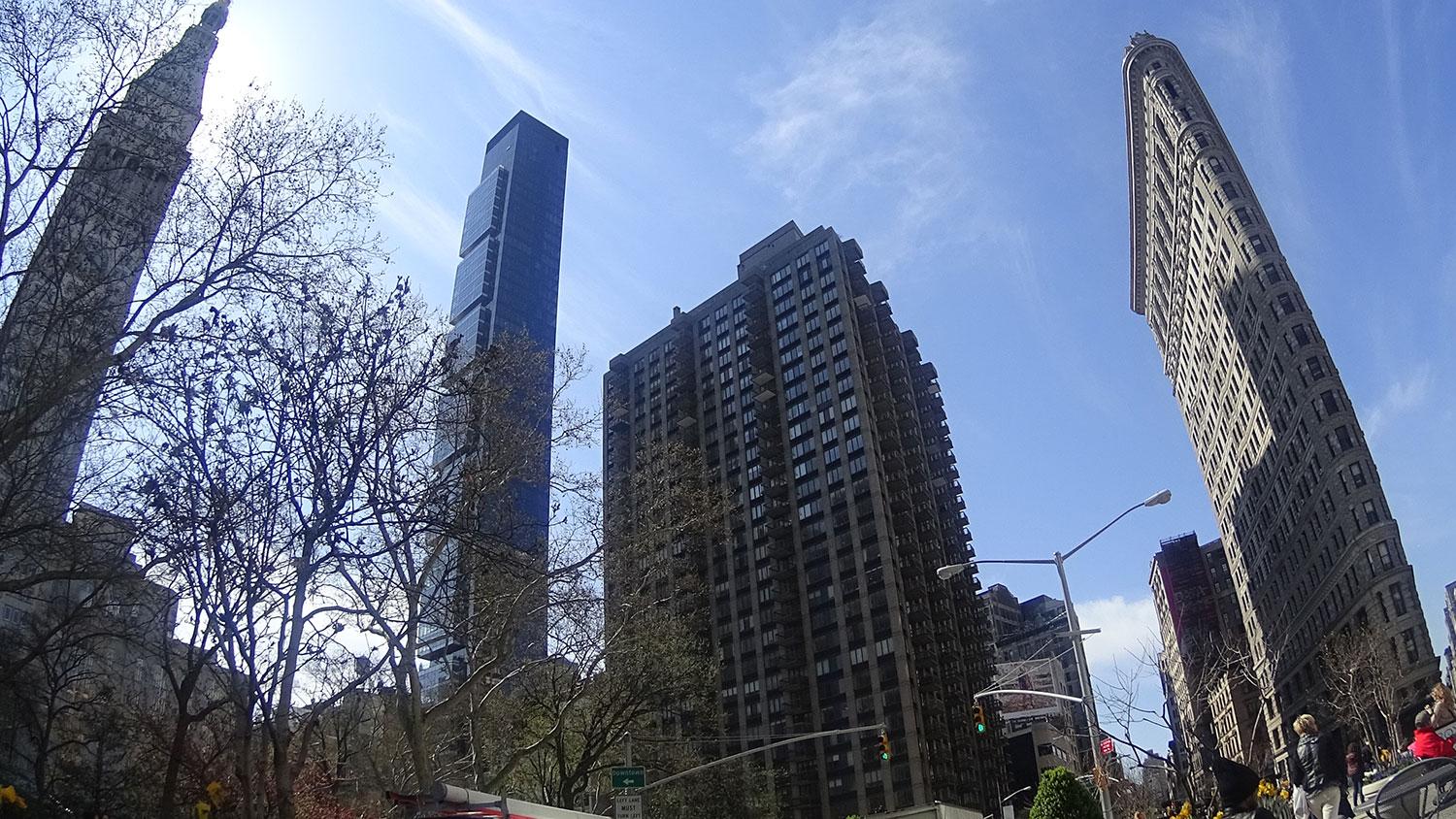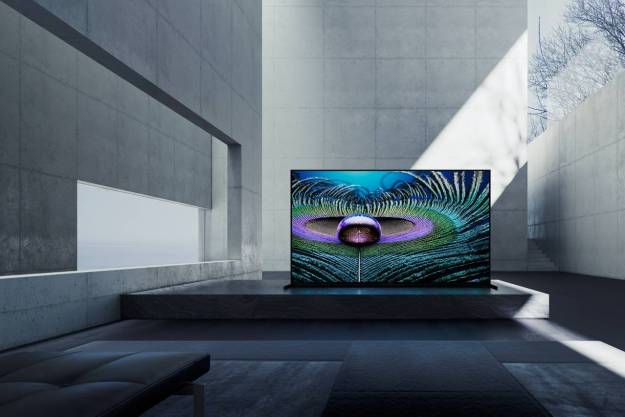
“Sony’s 4K Action Cam is a capable POV camcorder that shoots great videos, but its size and price put it behind GoPro’s Hero4 Black.”
- 4K (UHD) video recording
- Good-looking, smooth videos
- High 100-Mbps bitrate
- SteadyShot stabilization
- Larger than most action cams
- 4K requires SDXC card
- Some quality issues in bright light
- Pricey compared to competition
For both TVs and camcorders, 4K is the new premium feature to have, and Sony has the market covered on both ends. Its flagship 4K Action Cam can not only shoot 4K videos, it will do it at a bitrate of 100 Mbps. For a POV camera, it produces good-looking photos and very smooth videos, and it’s easy to use. But at $500, it competes directly with GoPro’s Hero4 Black, a smaller camera that’s loaded with features. Can it compete to be king of the 4K hill?
What’s in the box
Besides the camera, you’ll find a Micro USB cable, battery, waterproof case, attachment buckle (used for inserting the camera into a mount), flat adhesive mount, curved adhesive mount, and a starter guide.
Design and features
The 4K Action Cam retains the signature look Sony uses for all of its Action Cam models, but is noticeably larger and heavier than non-4K versions; moreso than the photos suggest. Compared to the Action Cam Mini we last looked at, it feels bulky in the hand, like the size of an old-school beeper. You’ll definitely feel it if you put it in clothes pocket; it’s also a bit cumbersome when it’s mounted on your body. The larger size, however, allows for a firm grip between the fingers.
Design and operation simplicity are key: You can start recording by pressing the red-dot button on top, right out of the box. Besides the record button, there are very controls: a hold switch, and two buttons that handle on-screen navigation (pushing both together turns on and off Wi-Fi). On the side is also the near-field communication (NFC) tag and speaker. The bottom has a tripod screw and a microphone-input.
On the front is a 170-degree Zeiss Tessar lens with an f/2.8 aperture (120 degrees with SteadyShot image stabilization turned on) and stereo mics. It’s the same lens used in other Sony Action Cams, but with a minimum focus distance of almost 20 inches, compared to nearly 12 inches in the others; you can’t get as close-up if you want things in focus.
Whereas the LCD in the Action Cam Mini is mostly useless, the 4K Action Cam’s display has more info. It also lets you change settings and modes. This is useful on the fly, when you don’t have the camera paired to your smartphone. But it’s an involved, sometimes frustrating process that requires numerous button pushes to scroll through menus (one wrong button push and you’re forced out of the menus); however, over time, we got so used to it that it does become intuitive. Using the PlayMemories App is still the easier and quicker method, if you have smartphone pairing set up.
At the back is a two-door panel: One opens to reveal the Micro USB and HDMI ports, the other has a locking switch, MicroSD/Memory Stick Micro slot and battery. Both doors are sealed to prevent against water splashes. As with all Sony Action Cams, the body is splash proof, but requires the included housing to make it waterproof; in our tests, the housing has always worked well. However, it’s difficult to know which way to properly insert the MicroSD card.
The 4K Action Cam feels bulky in the hand, like the size of an old-school beeper.
Sony offers plenty of optional accessories and mounts, but the tripod screw allows you to use your existing tripods. For our review, Sony provided the optional Live-View Remote, a wrist-worn color display that lets you view what the camera see. This remote is handy when you’re using the camera while engaged in some sort of activity, when using a smartphone isn’t feasible. The remote connects via Wi-Fi, and while the initial pairing setup can be stubborn, and the connection isn’t always stable, we found it worked as designed.
Compared to the Action Cam Mini, the battery here lasts longer. On one full charge, we were able to get a couple days of on-and-off use; we were surprised by the standby power, when the camera turned on after a few days of not using it. You’ll deplete the battery much faster when the camera is used continuously, of course, but you’ll get at least 2 hours if you’re shooting the lowest-setting Full HD with everything turned off (GPS, Wi-Fi, SteadyShot stabilization); expect less than an hour if you’re shooting higher resolutions.
Specs, performance, and use
The 4K Action Cam shares nearly the same specs as the other models, including the 1/2.3-inch back-illuminated Exmor R CMOS sensor, Bionz X image processor, 170-degree f/2.8 Zeiss Tessar lens, and electronic image stabilization (SteadyShot). The
While the Action Cam Mini is able to shoot stills at 11.9 megapixels, the 4K Action Cam maxes out at 8.8. Although photo quality is very good for an action camera, you’re buying this camera for its video function. The camera supports
There is a caveat: Sony uses its new XAVC S codec, which is what allows the camera to shoot those high-resolution videos and high bitrates. However, it requires the use of Micro SDXC cards, which tend to be more expensive than Micro SDHC. Without one, the Action Cam will only record in the standard AVC codec at up to Full HD 1080 at 60p, at 28 Mbps. It’s a lesser-quality format, but it’s also universally supported and ready for upload to YouTube or other video sites; XAVC S requires post-processing on your computer, but also looks cleaner. Whichever format you use will depend on what matters more, convenience or quality. Note that shooting at higher resolutions will affect battery life. (Tip: We found affordable, quality SDXC cards online and at membership stores such as Costco.) We find that for most users, the standard AVC video quality will be more than satisfactory.
As mentioned, the 4K Action Cam is easy to use. To power it up, press any of the buttons. Unlike the Action Cam Mini, there’s no dedicated power button. We were worried that the camera might power itself on and drain the battery when we put it in our bag or pocket, but that never happened to us. The camera has Wi-Fi and NFC for quick pairing with Android devices. We tested using an iPhone 5S, and had no issues with pairing. Through the PlayMemories app, it was easy to change modes and settings and adjust white balance and exposure compensation, and we used the live-view for framing our shots. Unlike the Action Cam Mini, the
If you don’t want to spend time on editing a video, you can use the Highlight Movie Maker feature (via the app) that creates a short, shareable video that automatically finds the key parts of the video and edits out what it thinks are the boring stuff, while adding music to the background. The camera uses GPS data to decide where to tag those moments. For example, you could be riding along on a skateboard for a few minutes, and then perform a trick; the camera recognizes a change in activity, and will tag that moment. Let’s hope that you actually pull off the trick and don’t fall on your face. When we tried out this feature, we found the process to be a bit long, and we’d rather edit offline anyway to save battery life on both the camera and our phone.
There is a caveat for shooting high-bitrate videos: the XAVC S codec requires the use of pricier Micro SDXC cards.
Sony says the 4K Action Cam’s SteadyShot image stabilization is three-times more stable than previous models. For regular movements, the system will keep things steadier than without it, but it won’t do anything for violent shakes. Turning it on will drain battery life, and it’s not available when shooting in
In terms of image quality, the 4K Action Cam delivers some very nice looking photos. Colors are accurate, with good details (while image quality is subjective, some people might find the colors a bit too amped up). It’s not always perfect: Some images, under really bright, direct sunlight, look washed out with loss of details, while some seemed noisy and aren’t as sharp as we would have liked. You can play around with the exposure compensation to adjust the intensity. For sharing purposes, or viewed at smaller sizes, they look great. You’ll notice imperfections if you blow photos up to full size. Like most cameras with small sensors, the
We shot a mix of videos at the various resolutions, in XAVC S and AVC; both are MP4 formats, but the XAVC S will require software that supports it. The Full HD videos are very smooth and sound quality is good (although the built-in mics are so sensitive it picked up rustling sound from our bodies; an external mic might be in order), and we didn’t notice any drastic anomalies during playback or issues with focusing. Colors look nice, direct sunlight sometimes washes out the picture. When shooting, pay attention to the lighting. However, these cameras are about capturing action, and for that purpose, the 4K Action Cam does a really good job. Unless you have the hardware to view and process
Sony lists the 4K Action Cam at around $500, which is the same price as GoPro’s Hero4 Black. Both offer a max video resolution of 3,840 x 2,160 at 30p, and are equally easy to use. However, the Hero4 Black has several advantages: It’s a smaller camera that has a ton more video resolution options, has great video quality, shoots photos up to 12 megapixels, has low-light shooting modes, supports
Warranty
Sony offers the standard limited one-year warranty, but you can also opt for extended protection via Sony’s Protection Plus plans that cover even accidental damage.
Conclusion
Sony’s 4K Action Cam is very good camcorder that delivers good-looking picture quality and smooth videos, thanks to its high-bitrate capability and image stabilization. But with every camera that can shoot
With that said, the 4K Action Cam has competition. GoPro’s Hero4 Black is a bit superior when it comes to function and size. And if you’re looking to record just Full HD, Sony’s Action Cam Mini and regular Action Cam are nice, smaller options that are more affordable. At $500, it’s up to you to decide whether the high bitrate alone is worth it, versus the more capable Hero4 Black and less-expensive Full HD-only models. If you find it much lower than the MSRP, we would recommend it.
Highs
- 4K (UHD) video recording
- Good-looking, smooth videos
- High 100-Mbps bitrate
- SteadyShot stabilization
Lows
- Larger than most action cams
- 4K requires SDXC card
- Some quality issues in bright light
- Pricey compared to competition
Editors' Recommendations
- Sony’s first gaming monitor is under $1,000 and all-in on HDR
- Acer’s TV-sized Predator gaming monitor is OLED, 4K, and living room-ready
- Sony claims mini-LED superiority with 2022 8K and 4K TVs
- God of War is coming to PC in January with 4K and ultrawide support
- YouTube TV launches 4K Plus upgrade with yet another price jump




